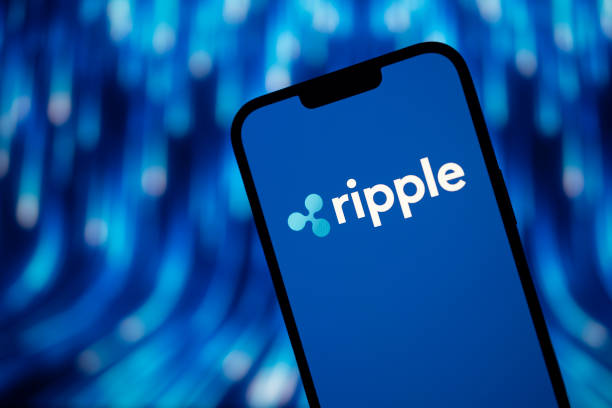In an ever-evolving financial landscape, Ripple’s RLUSD stablecoin emerges as a notable contender, potentially redefining the dynamics of the stablecoin market. With the market expected to skyrocket to a multi-trillion dollar valuation, Ripple’s strategic deployment of RLUSD in Japan—alongside its established XRP currency—is poised to enhance its standing in global financial systems. This initiative, spearheaded by SBI Holdings, aligns with the surge in demand for efficient cross-border transactions, particularly in regions like Japan that experience high remittance costs and volumes.
Ripple’s RLUSD: A New Era in Stablecoin Integration
Positioning for Global Impact: RLUSD’s Role in Ripple’s Strategy
The spotlight falls on Ripple as it prepares to introduce its RLUSD stablecoin into the Japanese market, an effort that has reignited interest in the company’s strategic global maneuvers. According to insights shared by tech analyst SMQKE, Ripple’s On-Demand Liquidity (ODL) service is already established in Japan, allowing RippleNet users to conduct seamless cross-border transactions using XRP. This mechanism reduces the necessity for pre-funded accounts and positions XRP as an essential liquidity tool, particularly valuable given Japan’s notoriously high cross-border transaction fees.
The anticipated rollout of RLUSD, scheduled for early 2026 through a partnership with SBI Holdings, is expected to complement XRP’s liquidity with increased stability. This dual function could significantly fortify Ripple’s market hold, especially in a payment ecosystem as dynamic as Japan’s, where remittance from Japan to countries like the Philippines—a major recipient due to its substantial expatriate workforce—totaled nearly $1.8 billion in 2020. Ripple’s ODL service, in collaboration with entities like SBI Remit and Coins.ph, directly addresses these transactional inefficiencies, while RLUSD adds further functional depth.
Ripple and SBI Holdings: Distributing RLUSD
In a recent announcement, Ripple disclosed its plan to introduce RLUSD to Japan, marking a pivotal step in the global adoption of stablecoins as a backbone of financial operations. Ripple and SBI Holdings’ joint Memorandum of Understanding (MOU) with SBI VC Trade outlines the framework for RLUSD’s distribution throughout Japan, positioning the stablecoin as an enterprise-grade asset backed by USD deposits, short-term government bonds, and cash equivalents. Monthly attestations of RLUSD’s reserves ensure transparency and regulatory compliance, setting it apart from other market entrants.
Tomohiko Kondo, CEO of SBI VC Trade, heralded the forthcoming RLUSD launch as a catalyst in broadening Japan’s stablecoin offerings and merging financial and digital technologies. He emphasized the collaborative effort with Ripple to establish a secure and transparent financial landscape.
What makes RLUSD unique compared to other stablecoins?
RLUSD stands out due to its strong regulatory and compliance framework, backed by tangible assets like US dollar deposits and government bonds. It offers monthly attestations, providing unmatched transparency and trustworthiness, crucial for institutional adoption and credibility.
Why is Japan a strategic location for Ripple’s RLUSD rollout?
Japan’s high remittance costs and volumes create a substantial demand for efficient cross-border payment solutions. The introduction of RLUSD, alongside Ripple’s ODL and XRP, offers a multifaceted approach to address these challenges, enhancing Ripple’s influence in the region.
How does Ripple’s ODL service benefit from the integration of RLUSD?
Ripple’s ODL service, already facilitating seamless cross-border transactions with XRP liquidity, will benefit from RLUSD by adding layers of stability and transparency. This integration enhances the efficiency and reliability of remittance solutions, particularly in high-cost corridors like those between Japan and the Philippines.
Ripple’s strategic advancement through RLUSD integration highlights its commitment to innovation and adaptation within the fast-paced financial technology sector. As stablecoins gain traction, Ripple’s pioneering initiatives position it to significantly influence and reshape the global financial infrastructure.

